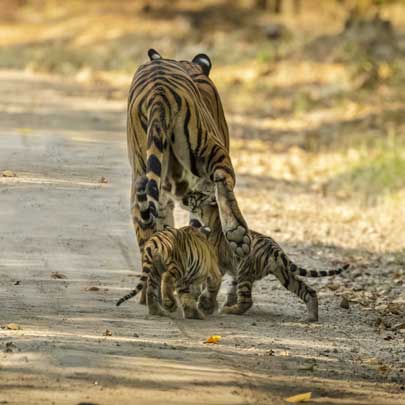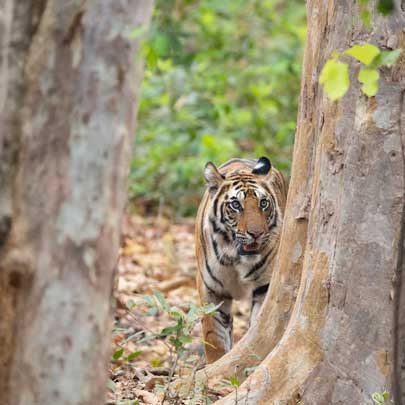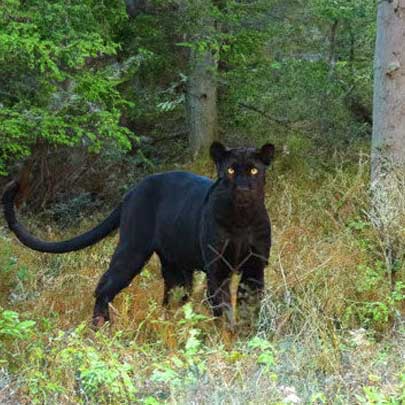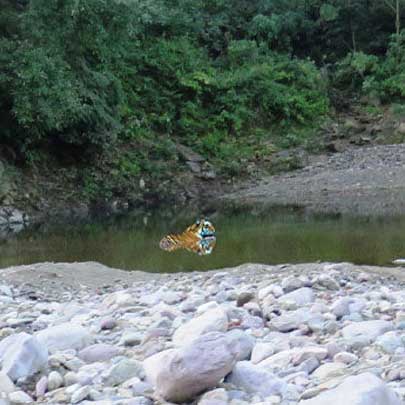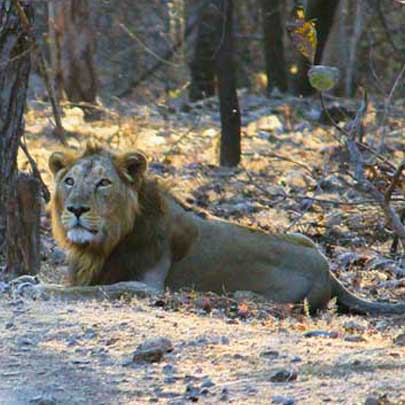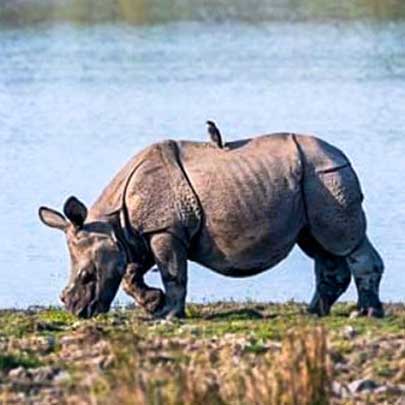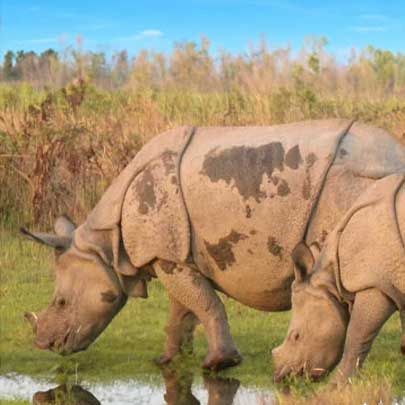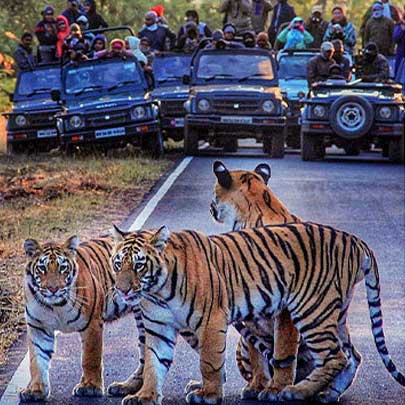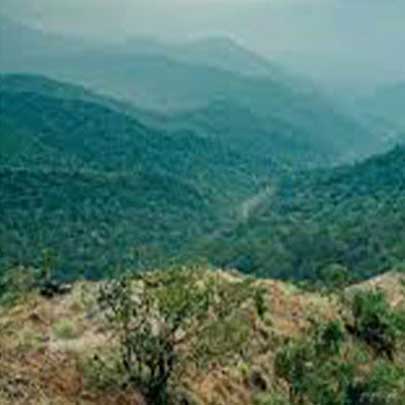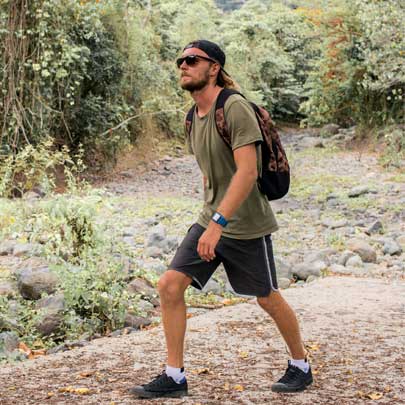Top 7 Myths About Wildlife Tours Debunked
Top 7 Myths About Wildlife Tours
Debunked
Wildlife tours are often misunderstood, thanks to myths perpetuated by movies, sensational media, and hearsay. Whether you're a first-time eco traveler or a seasoned explorer, it's easy to fall prey to misinformation. In this blog, we’re debunking the top 7 myths about wildlife tours, revealing the truth behind the experience, and showing how organizations like Wildlense Eco Foundation are redefining eco tourism in India.
Let’s separate fact from fiction and prepare you for a truly enriching wildlife adventure.
Myth 1: Wildlife Tours Are Dangerous and Risky
Reality: With proper planning and guides, wildlife tours are very safe.
One of the most common fears people have is that venturing into jungles means risking attacks by wild animals. In reality, wildlife tours in India and around the world are highly regulated. Trained naturalists and park rangers accompany you throughout the safari. Vehicles are designed to maintain safe distances, and travelers are briefed on safety protocols before entering any park.
Organizations like Wildlense Eco Foundation emphasize responsible tourism and prioritize safety for both tourists and wildlife. Their certified naturalists ensure that you not only stay safe but also learn about the animals in their natural habitats.
Myth 2: You’ll Definitely See Tigers or Lions
Reality: Wildlife sightings are unpredictable—and that’s part of the thrill.
Many tourists expect guaranteed sightings of tigers in India or lions in Africa. While India’s national parks like Bandhavgarh, Kanha, and Pench are known for high tiger density, there's no assurance. Wildlife safaris are not zoos; these animals roam freely, and their appearances depend on time, weather, and luck.
The true joy lies in appreciating the ecosystem as a whole—the birds, reptiles, insects, flora, and behavior of animals in the wild. Wildlense Eco Foundation educates travelers on appreciating biodiversity, not just the "star attractions".
Myth 3: Wildlife Tours Are Only for Rich People
Reality: There are options for every budget.
It's a common belief that eco tourism and wildlife safaris are expensive and only for elite travelers. While there are luxury lodges and private safaris, there are also affordable stays, community-run eco camps, and group tours that fit a budget.
Non-profit organizations like Wildlense Eco Foundation collaborate with local communities to offer eco-conscious and cost-effective tour options. Their focus is on sustainable travel, where your money helps conserve wildlife and support local livelihoods.
Myth 4: Wildlife Tourism Harms the Environment
Reality: Responsible tourism helps in conservation and awareness.
Some critics argue that human presence in natural areas disturbs wildlife. That’s true—if tourism is unregulated. But ethical and responsible wildlife tourism—when done right—actually contributes to conservation efforts.
Wildlense Eco Foundation leads by example, practicing low-impact tourism, using solar energy, promoting plastic-free environments, and investing in wildlife conservation programs. They train local guides, support anti-poaching efforts, and conduct environmental education workshops for visitors.
When you travel responsibly, you become part of the solution, not the problem.
Myth 5: Wildlife Tours Are Not Suitable for Children or Seniors
Reality: Wildlife experiences are enriching for all age groups.
Many families skip wildlife tours thinking it's too strenuous or boring for kids and elders. But most national parks offer well-organized safaris with comfortable jeeps and expert guides who tailor the experience to your group’s needs.
Children get to learn about animals beyond cartoons, and elders find peace in nature's serenity. Organizations like Wildlense Eco Foundation design inclusive experiences—educational, safe, and accessible for everyone.
Their eco-camps are family-friendly and often include interactive sessions, storytelling, and nature walks that engage all age groups.
Myth 6: All Wildlife Tours Are the Same
Reality: Each park and region offers a unique experience.
Not all wildlife safaris in India are tiger-centric. Each reserve has its own ecosystem, species, and charm. While Jim Corbett National Park offers a chance to spot elephants and gharials, Kaziranga is famous for its one-horned rhinoceros. Sundarbans offers boat safaris in mangrove forests where you may spot elusive swamp tigers.
By partnering with Wildlense Eco Foundation, travelers can choose customized itineraries based on their interests—be it bird watching, photography, or eco-volunteering.
Their approach ensures that every tour is personalized and meaningful, not just a cookie-cutter wildlife excursion.
Myth 7: You Don’t Need a Guide—Just a Good Camera
Reality: Guides are your window into the wild.
It's easy to think that reading a few articles or owning a DSLR makes you ready for a wildlife tour. But naturalists are trained in animal behavior, bird calls, tracking, and conservation. They elevate your experience by pointing out things you’d miss—pugmarks, nesting behaviors, territorial calls.
Wildlense Eco Foundation’s expert guides are not just wildlife experts but passionate educators who interpret the jungle like a storybook. They also ensure ethical behavior during safaris—no loud noises, no feeding animals, and no off-road driving.
Without a guide, you’re just sightseeing. With one, you're experiencing nature deeply and responsibly.
Why Choose Wildlense Eco Foundation for Your Wildlife Tour?

Based in India, Wildlense Eco Foundation is more than a tour provider—they’re eco-warriors committed to conservation, community upliftment, and awareness. Their eco tourism model is a benchmark in sustainable wildlife travel:
-
They run eco-camps near tiger reserves like Bandhavgarh and Kanha.
-
Support local communities through training and employment.
-
Engage in reforestation, anti-poaching, and educational programs.
-
Encourage eco-volunteering for those wanting deeper involvement.
Their tours combine adventure with responsibility, and every journey with them contributes to India’s wildlife conservation efforts.
Final Thoughts
Wildlife tours are some of the most awe-inspiring experiences one can have—but only if approached with the right mindset. Debunking these myths helps travelers prepare better, choose ethical providers, and truly understand the value of eco tourism in India.
So next time you plan a getaway, skip the crowded cities and consider immersing yourself in nature with organizations like Wildlense Eco Foundation. Not only will you witness breathtaking wildlife, but you’ll also become part of a movement that protects it.
Ready to Explore the Wild?
Start your journey with Wildlense Eco Foundation and experience the jungle through the lens of sustainability. Whether you're seeking a tiger safari, a birdwatching retreat, or an eco-volunteering opportunity, their team will craft a wildlife experience that leaves a positive footprint—on the earth and on your soul.
Explore. Educate. Empower. That’s the Wildlense way.

























